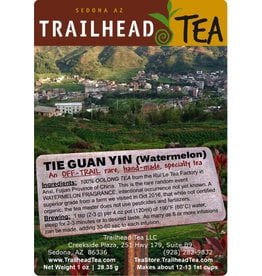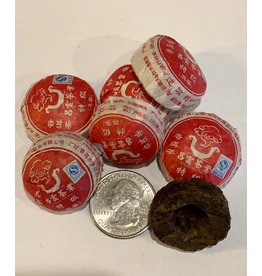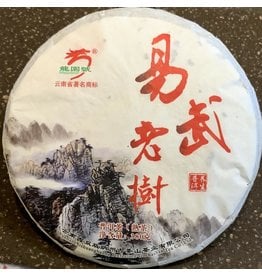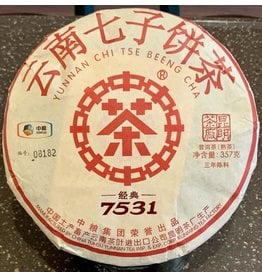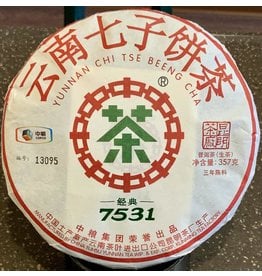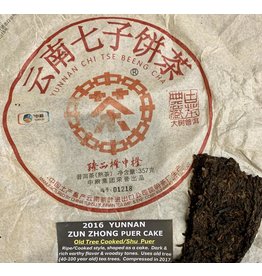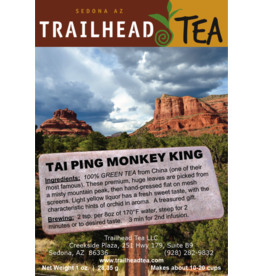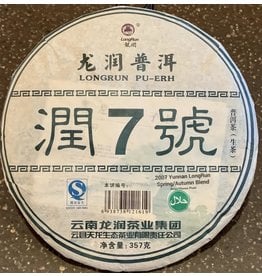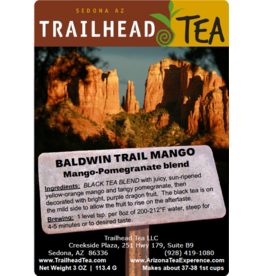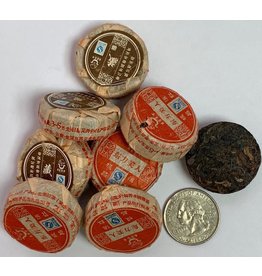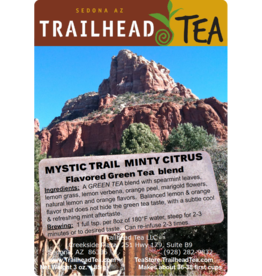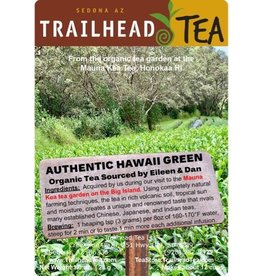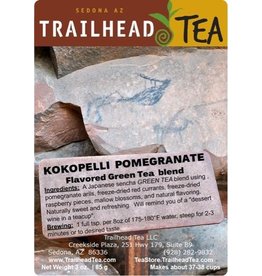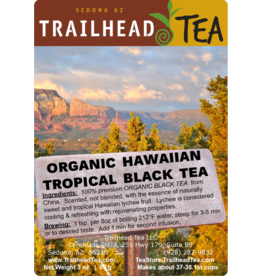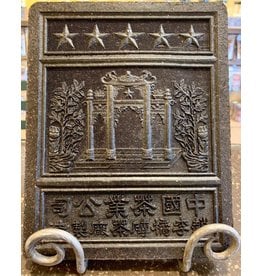"True" TEAS
What Are The Typical Caffeine Levels Found In Tea - Sedona Arizona's Full-Leaf Tea Store
The term “tea" is normally separated into 2 main types: "true tea" and herbals.
Caffeine is found in all “true tea", that is, leaves that are picked and processed from the tea plant called Camellia Sinensis. However, caffeine is rarely found in herbal tea (mate’ from South America is one exception). Herbal teas, also called tisanes, generally include caffeine-free blends of herbs, botanical plants, flowers, roots, or fruits that are brewed like tea and called “tea". But herbal teas are not technically tea from one of the varieties of the tea plant. Maybe we’ll be able to focus on them in a future newsletter.
There are also decaffeinated teas with leaves that are harvested from the Camelia Sinensis plant, but undergo processing that greatly reduces their caffeine levels. The process is either chemical (which often reduces the aroma and taste), or a newer and slightly more expensive process using CO2/carbon dioxide steam. The CO2 process preserves much more of the original aroma and taste. In either case, both processes remove approximately 97% of the caffeine, but leave some trace amount.
Many visitors to our tea shop have arrived with the impression that the color of the brewed tea and the tea leaves indicates the level of caffeine. They have incorrectly heard that green or white tea is low or no caffeine, and that black tea has the most caffeine, and oolongs are somewhere in the middle with moderate caffeine levels. It is not true that the lighter or darker color of tea reveals the caffeine level.
Instead, brewed green and white teas overall have a pale color and light taste because they are lightly oxidized. Less oxidation means that the leaves, through processing, drying and rolling, were given less time for the leaves' enzymes to react with the oxygen in the air. Usually just a couple hours. Conversely, black teas are given much more time to oxidize and deepen the color and taste, as much as 20-30 hours. Oolongs get approximately half a day (with sometimes a much more complex process). Many of you have heard us in the store using the analogy with an apple, cut and then left on the kitchen counter. The apples' enzymes combine with the air to darken it. But, if you slice the apple and heat it in an oven enough, the temperature deactivates the enzymes, halts oxidation permanently, which leads to little to no color change. Tea processing works the same way.
So after all that, how does the caffeine level of each category of tea compare on average?
Caffeine-Level - 8oz serving
- Tippy leaf (buds) green teas 16-30 mg
- Larger leaf green teas 27-33 mg
- White teas 18-20 mg
- High grade oolongs 16-30 mg
- Lower grade oolongs 15-19 mg
- Black teas 19-32 mg
- Puers (aged teas) 18-30 mg
- Matcha (powdered green tea) 68-70 mg Ingesting the whole leaf, not just brew
- Regular drip coffee 130-135 mg
Caffeine levels in tea can be influenced by the tea master in the following ways:
- The season the tea is picked: early spring leaf development tends to produce higher caffeine levels, late spring to fall is more average
- Tea buds (young unopened leaves) often have slightly more caffeine than leaves. The plant itself supplies extra nutrients to new tea buds to support the newest growth, including extra caffeine. The extra caffeine is a pest repellent, naturally produced by the plant.
- Elevation of the tea garden or estate, horticulture conditions such as temperature, rainfall, humidity, sunlight and wind, and terroir such as the makeup of the soil, affects caffeine
- Picking (or pluck) position on the plant’s branch: younger end leaves and bud higher caffeine, lower larger/older leaves less caffeine
- General quality of the leaves before picking can impact the caffeine level
- Specific cultivated strain or sub-variety of the Camellia Sinensis plant that is used
Caffeine level in a cup of tea can be affected by the brewing process:
- Tea blended and flavored with other additives/ingredients, like chai, usually have lower caffeine levels compared to pure tea.
- Water temperature affects the amount of caffeine released from the leaf during each brew. Namely, boiling water releases more caffeine fast (like when brewing black tea), whereas lower temperature (like brewing green tea) releases less.
- Additional infusions will eventually release all the leaf’s potential caffeine.
- Brew time can affect caffeine, depending on which infusion. First infusions with long brew times like 5 minutes can release most of the caffeine in the leaf. Short brews like 1 minute release about 40-50% less and take more infusions to release all the potential caffeine.
Most people feel the caffeine in tea does not make them jittery like caffeine in coffee. In another article we can reveal the substance naturally found in tea (and not in coffee) that is usually the cause of that, and makes tea even more special.
Let us know if this helps your understanding, and if you have any questions.
Trailhead Tea: Sedona & Northern Arizona's Full-Leaf Tea Department Store

